Humans news stories
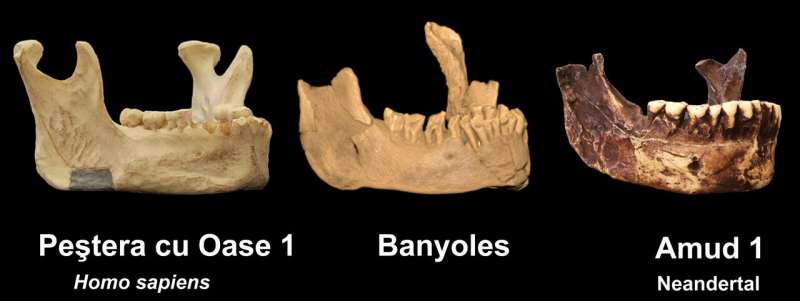
For over a century, one of the earliest human fossils ever discovered in Spain has been long considered a Neandertal. However, new analysis…dismantles this century-long interpretation, demonstrating that this fossil is not a Neandertal; rather, it may actually represent the earliest presence of Homo sapiens ever documented in Europe.

A single, low dose of lysergic acid diethylamide (LSD) can increase reward-related brain activity, according to new research published in Neuropsychopharmacology. The study indicates that the psychedelic drug alters neuropsychological processes that tend to be blunted in patients with depression.

Astronomers searching for radio signals that could be signs of extraterrestrial life have just gained access to South Africa’s MeerKAT telescope.
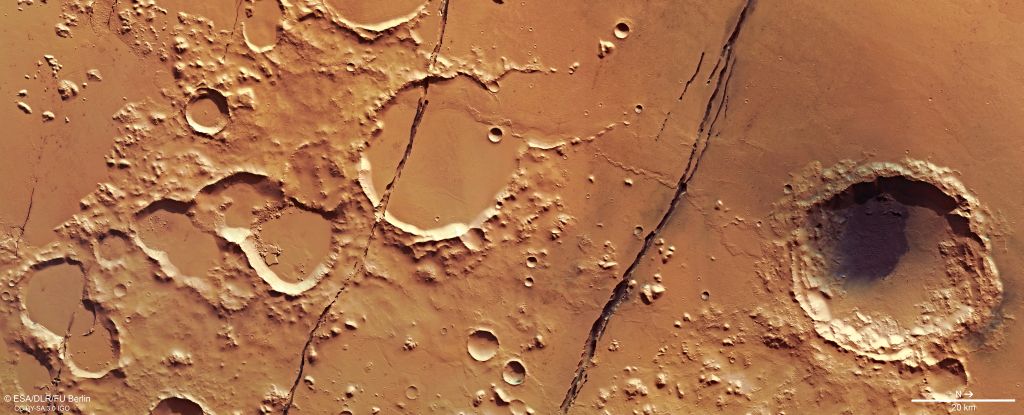
Scientists may have just identified the culprit behind signs of recently active volcanism on Mars. Beneath a broad plain called the Elysium Planitia, a colossal, 4,000-kilometer (roughly 2,500-mile) wide convection plume in the Martian mantle could be driving molten magma up as far as the surface.
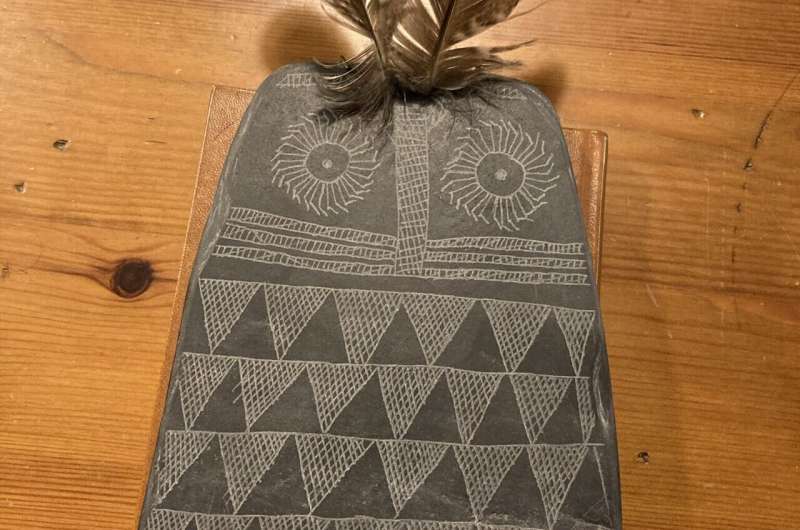
Ancient owl-shaped slate engraved plaques, dating from about 5,000 years ago in the Iberian Peninsula, may have been created by children as toys, suggests a paper published in Scientific Reports.
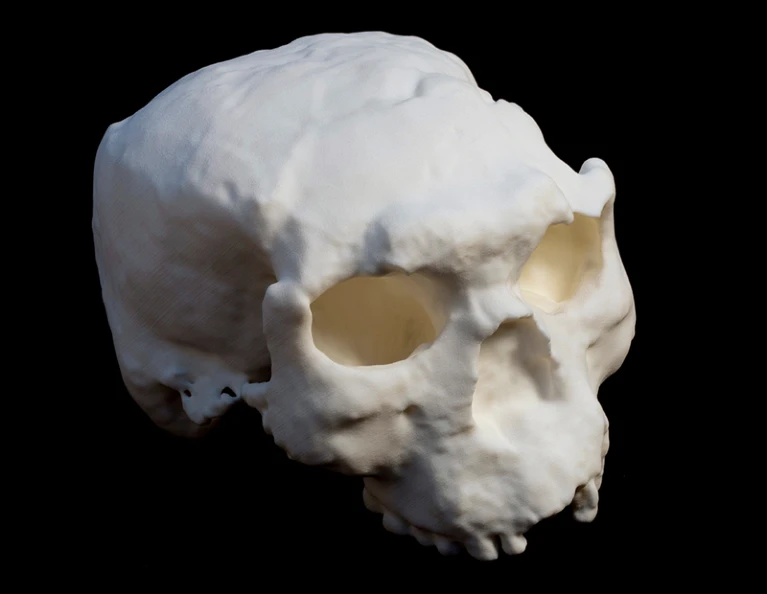
Researchers are heralding the discovery of an ancient human skull in central China as an important find. As excavation of the remarkably intact fossil continues, archaeologists and palaeoanthropologists anticipate that the skull could give a fuller picture of the diverse family tree of archaic humans living throughout Eurasia in prehistoric times.

Recent papers have offered alternate interpretations of their age. Knowing the approximate age of the mounds provides significant insight into the people who built the mounds. Archaeologists have built “culture histories” describing prehistoric ways of life and the way lifestyles have changed through time.
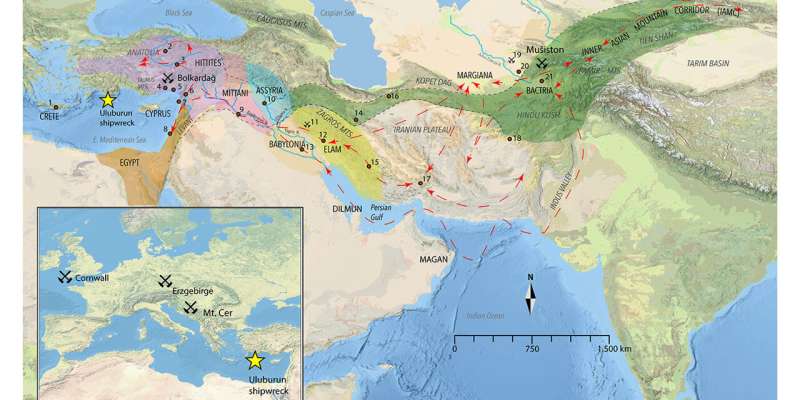
More than 2,000 years before the Titanic sunk in the North Atlantic Ocean, another famous ship wrecked in the Mediterranean Sea off the eastern shores of Uluburun—in present-day Turkey— carrying tons of rare metal.
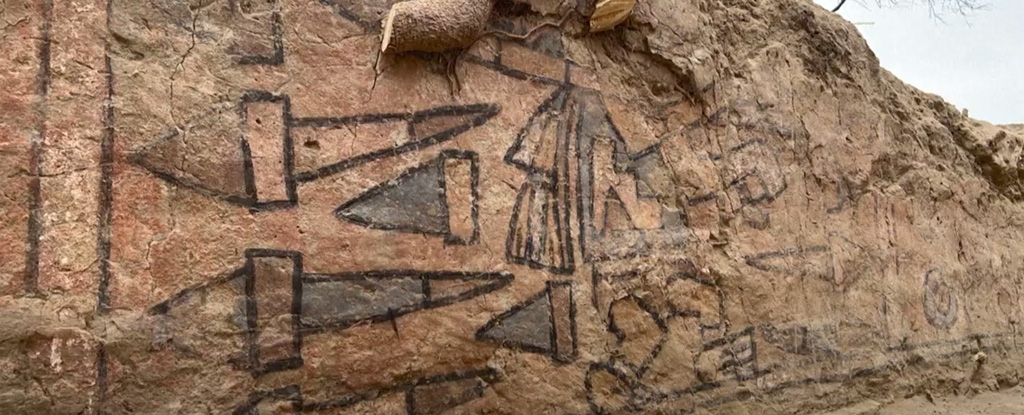
Archeologists have rediscovered a pre-Hispanic fresco depicting mythological scenes in northern Peru that they had only seen in black and white photographs that were more than a century old.
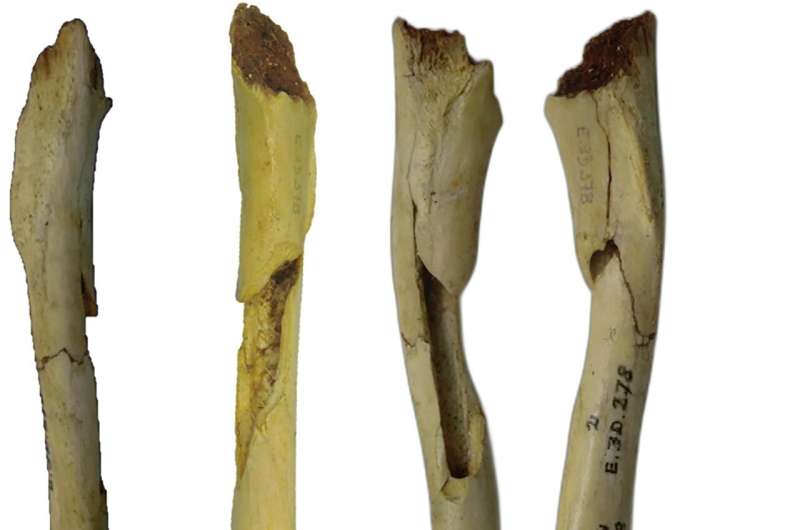
The dog is the first species domesticated by humans, although the geographical and temporal origin of wolf domestication remains a matter of debate.
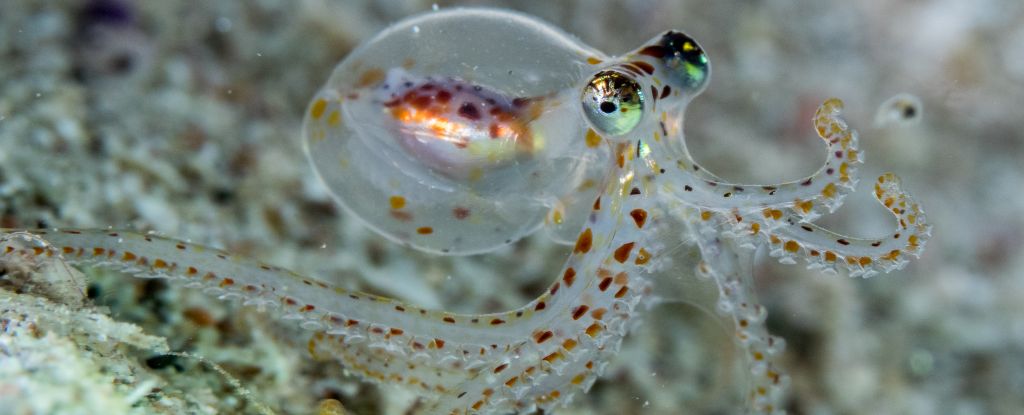
Our glorious little blue marble of a planet is filled with an astonishingly diverse array of lifeforms, but some are definitely more peculiar than others.
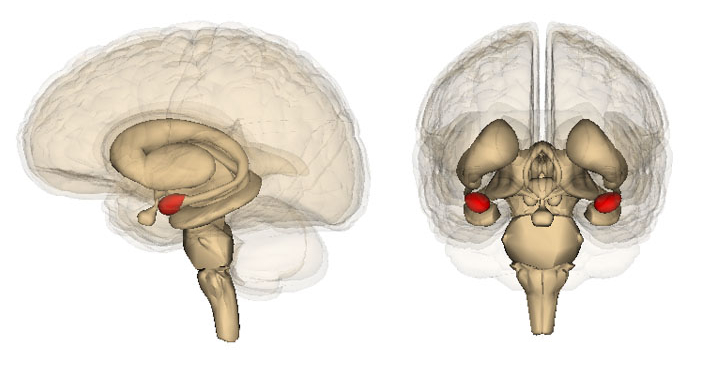
A brain region known as the amygdala could play a key role in predicting symptom improvement following ketamine therapy in patients with treatment-resistant anxious depression, according to new research published in the Journal of Affective Disorders.

While indigenous tribes have used ayahuasca for thousands of years, the psychedelic’s popularity has skyrocketed, largely due to travelers taking part in ceremonies and an emerging network of practitioners. A new study from the University of Melbourne took a closer look with data…
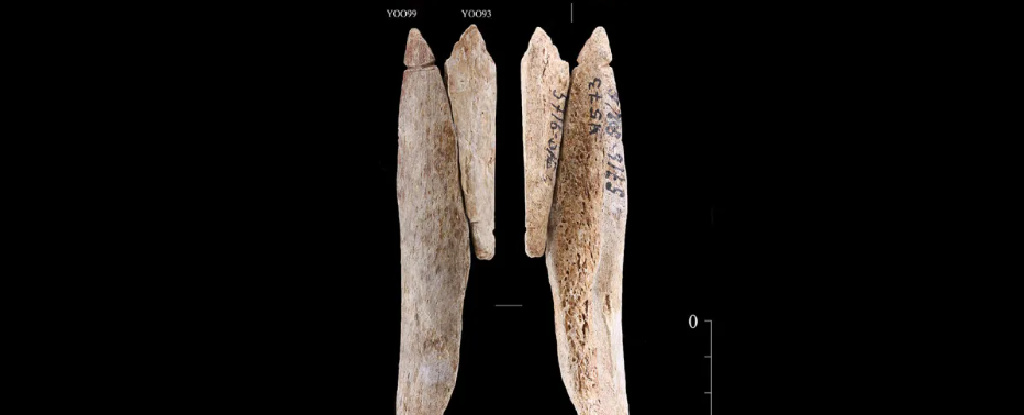
Several small, slender pendants uncovered from Stone Age graves on an island in a Russian lake more than 80 years ago have been reimagined after archaeologists reanalyzed the finds using chemical fingerprinting techniques.

A new study of the mummified body of Ötzi the Iceman questions the prevailing story of his death in the high Alps more than 5,000 years ago.
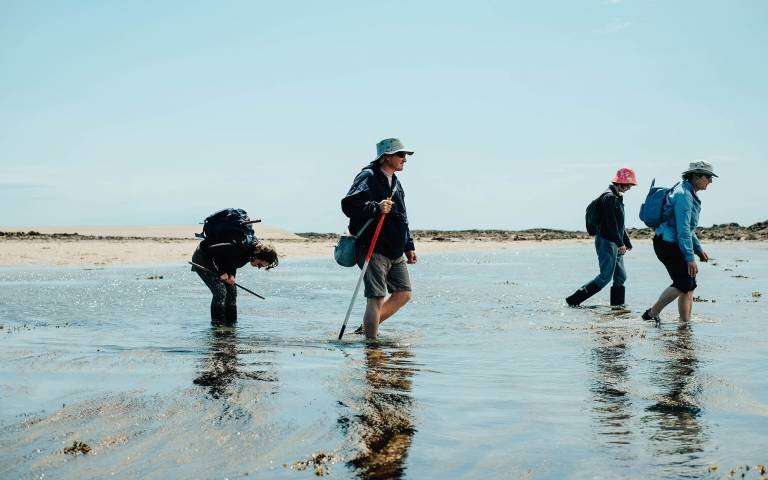
Submerged below the waves of the English Channel lies an important scientific record of undiscovered Neanderthal artifacts dating back to the last ice age. Collecting them from beneath the channel’s cold waters is no easy feat, but UCL researchers found a way to get a brief peek at the otherwise hidden landscape.








